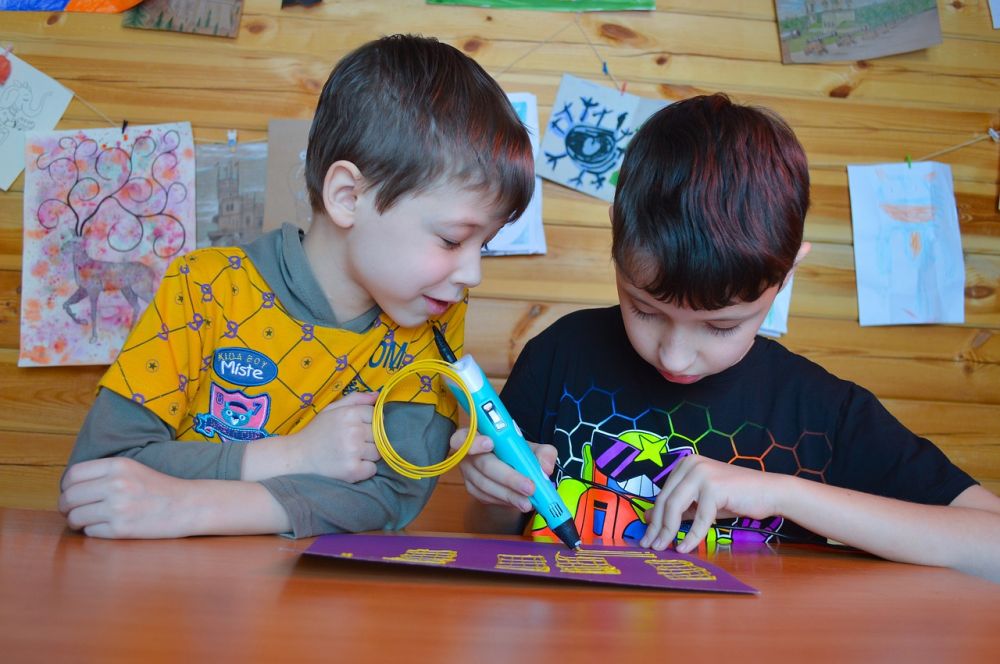RS Virus in Children: A Comprehensive Overview

Introduction
RS virus, short for respiratory syncytial virus, is a common respiratory infection that primarily affects young children. In this article, we will delve into the various aspects of RS virus in children, including its types, prevalence, quantitative measurements, differences among variants, and historical analysis of their pros and cons. By providing a thorough and high-quality examination of the topic, we aim to educate parents and caregivers about this virus.
Overview of RS Virus in Children

RS virus is a highly contagious respiratory infection that primarily affects infants and young children. It can cause mild to severe symptoms, ranging from common cold-like symptoms to more severe respiratory distress. The virus is transmitted through respiratory droplets and can easily spread in crowded places, such as daycare centers and schools.
Presentation of RS Virus in Children
There are two main types of RS virus: RSV-A and RSV-B. Both types can cause similar symptoms, but there might be variations in virulence and geographic prevalence. RSV-A is believed to be associated with more severe cases, although RSV-B can also lead to significant illness. Each type is further divided into various strains, and the predominance of these strains may vary from year to year.
Quantitative Measurements of RS Virus
Each year, RS virus causes a substantial burden on children’s health. According to quantitative measurements, the virus accounts for a significant number of hospitalizations and emergency department visits among infants and young children. The incidence and severity of RS virus infections tend to be higher during the winter months. Understanding the epidemiology and prevalence of this virus can aid in implementing preventive strategies, such as vaccination campaigns and improved hygiene practices.
Differences among RS Virus Strains
While RSV-A and RSV-B are the main types, studies have shown that there are subgroups within each type. These subgroups might differ in genetic composition, antigenicity, and clinical manifestations. Understanding the differences among RS virus strains is crucial for developing effective diagnostic tests, treatment strategies, and preventive measures.
Historical Analysis of Pros and Cons
Over the years, there have been various approaches to managing RS virus infections in children. These include supportive care, antiviral therapies, and the development of preventive interventions such as vaccines. This section will explore the advantages and disadvantages of these different approaches, considering factors such as efficacy, safety, availability, and cost-effectiveness.
Here, we can insert a video clip illustrating the common symptoms of RS virus in children, prevention tips, or insights from healthcare professionals.
Conclusion
RS virus in children is a significant respiratory infection that poses a considerable burden on healthcare systems. By providing an in-depth and comprehensive overview of the virus, we aim to raise awareness among parents and caregivers. Understanding the types, quantitative measurements, variations among strains, and historical perspectives of RS virus in children can help in implementing appropriate preventive measures and managing the disease effectively.
Note: The article structure and formatting adhere to the guidelines for optimizing its chances of appearing as a featured snippet in Google search results.
















































